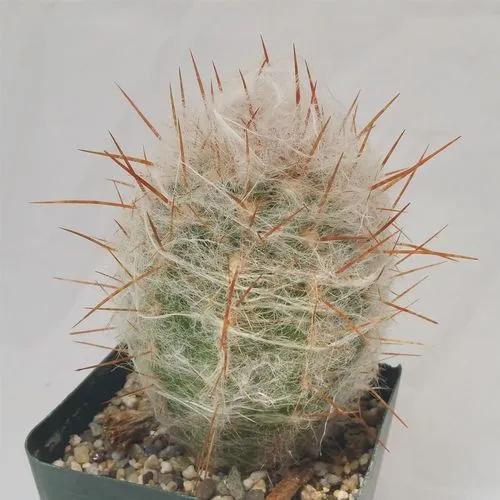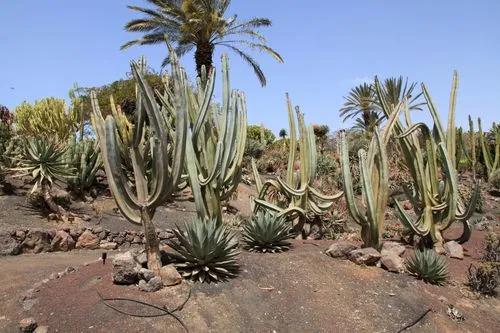Decorate your home with a unique and vibrant cactus that blooms with beautiful yellow flowers that bloom at the top of the stem.
Lemon Ball Cactus Care
Parodia leninghausii



Also known as Leninghausii Cactus, Lemon Cactus, and Golden Ball Cactus, this plant is native to Argentina and Brazil. It’s a medium-sized columnar cactus that can reach a height of up to 3 feet (1 m) tall, with a trunk that is about an inch thick. Each column sports around 30 ribs with soft white-gold spines.
Beautiful yellow flowers appear in summer. Lemon Ball Cactus is easy to care for, so it’s suitable for aspiring plant parents.
How to Care for the Plant

Water

According to the identification, it is a drought-tolerant plant that does not require much water and moisture. Be sure to wait until the soil is completely dry between waterings, as this cactus is susceptible to root rot.

Pruning

As Lemon Ball Cactus matures, it produces new shoots at the base of the plant. These can be twisted off and replanted to create new plants.

Fertilizer

This cactus does not need fertilizers at all, and their excess can harm the plant. But if you want to feed Parodia leninghausii, choose foods that are low in nitrogen and use them once a season and only in the spring and summer.

Sunlight

Parodia leninghausii grows best in full sun but can also tolerate partial shade. The best place for this plant at home is a south windowsill, where it will receive a lot of sunlight.

Soil

Lemon Ball Cactus needs light, sandy, and well-drained soil that allows air and water to pass through. You can buy a ready-made potting mix for cacti and succulents or make your own using sand, compost, and perlite.

Propagation

You can grow new plants from seeds, but it is a long process. Therefore, it is better to propagate the cactus with cuttings, which must be separated from the stem, dried, and planted in soil for cacti.

Temperature

This plant likes warmth and heat. It can tolerate minor frosts, but you should definitely protect it from frost. The best temperature for this cactus is 68-95ºF (20-35°C).

Container

This plant grows very slowly, so you may not change the pot for several years. Choose a container with drainage holes according to the size of the root system. The material of the pot does not matter.

Fun fact

This cactus occurs at elevations of 300-1300 meters (980-4200 feet) above sea level.

Popularity

5,335 people already have this plant 793 people have added this plant to their wishlists
Discover more plants with the list below
Popular articles






